Where is Thai Kratom Harvested From?
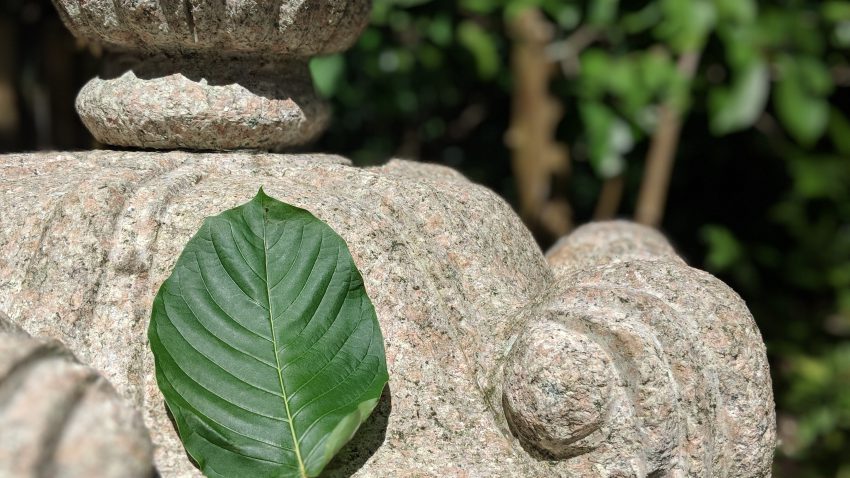
Where is our Thai Kratom Harvested From?
Made from Thailand’s most mature Kratom leaves, Red Thai Kratom is one of our most popular strains. As its name suggests, the Thai kratom strain is imported directly from Thailand, although it is often grown in other areas across Southeast Asia. Our Red Thai kratom powder is:
- Ethically sourced using fair trade policies
- Independently verified for quality and potency
- Additive, chemical, and filler-free
ECO-FARMING AND KRATOM
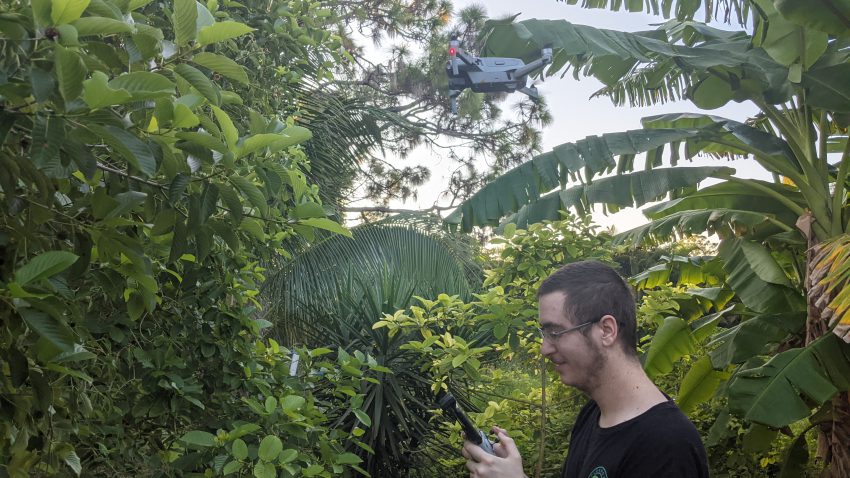
ECO-FARMING AND KRATOM
ECO-FARMING AND KRATOM – Kratom trees, known scientifically as Mitragyna speciosa, are tropical evergreen trees in the coffee family. They grow naturally in rainforests throughout Southeast Asia. The leaves of the kratom tree have both traditional and modern significance for homeopathic medicine.
Kratom was first introduced to Western society in the 1990s but only took hold as an ethnobotanical supplement in the last decade. One potential draw for kratom’s recent rise in popularity? Sustainable, ecological farming practices, otherwise known as eco-farming.
Sustainable farming practices are vital for the continued health of our global ecosystems, including international food economies. Because of this, kratom and eco-farming practices could set the international gold standard for responsible agriculture.
And if this feels like a lot of environmental mumbo-jumbo, don’t worry! Eco-farming can be broken effectively down into seven principles, and they’re quite simple:
The Seven Basic Principles of Eco-Farming
- Crop Sovereignty: people, not corporations, should control crops like food and herbal medicines; producers and consumers should determine how our crops are produced.
- Reward Rural Livelihood: eco-farming creates healthy rural development; this, in turn, creates crop security and fights poverty.
- Smarter Agriculture: sustainable farming practices can create higher yields over time.
- Biodiversity: opting for diverse crops instead of monoculture crops like corn or soy can protect nature; biodiversity allows people to use seasonal plants at cheaper costs.
- Sustainable Soil: ecological farming creates healthier soil; eco-farmers often refrain from chemical inputs like insecticides, which can contaminate the environment.
- Pest Protection: eco-farming creates pest-resistant soil, allowing farmers to control pests and weeds without chemical inputs.
- Food Resilience: diverse and resilient crops, not monoculture crops, offer more protection from natural resource-related market changes; this creates stable crop economies, both locally and transnationally.
Think of this as your guide to eco-farming. If an agricultural practice meets these guidelines, consider it beneficial to eco-farming. Now, let’s see how kratom farming stands up to these seven principles!
Do Kratom and Eco-Farming Go Hand-in-Hand?
Eco-farming sounds great in theory: farmers and consumers hold more power over the food chain, and farming practices that could potentially contaminate the environment are abandoned in favor of ecological farming techniques. Greenpeace even calls eco-farming the combination of “modern science and innovation with respect for nature and biodiversity.”
However, critics say that eco-farming has to mesh well with reality. If ecological farming practices don’t make sense economically, they should be modified in favor of a more profitable system.
But remember when we said kratom could set the gold standard for eco-farming practices? This plant is a shining example of how to incorporate eco-farming into the modern agricultural fold. In fact, kratom meets all seven principles of eco-farming– not in theory, in reality. Here’s how:
(1) Kratom Allows for Crop Sovereignty
Kratom Spot sources their kratom from small family farms throughout Southeast Asia. In regions like Indonesia, kratom trees grow wildly in the rainforests and jungles. These tropical reserves offer rich, nutrient-dense soil without the need for chemical inputs like soil supplements or herbicides.
Here, kratom farmers and consumers control the supply, not corporations. The people have farmed kratom trees for generations. With that experience, they’ve learned how to use eco-farming practices in a sustainable, farmer-controlled setting.
(2) Kratom Rewards Rural Livelihood
The natural kratom trees in Southeast Asia bring employment opportunities, ecological advancements, and global trade opportunities to rural farmers in Southeast Asia. Not only do kratom consumers overwhelmingly support eco-farming practices, mass-farming techniques might yield lower-quality kratom. As such, kratom farmers can maintain their traditional farming practices in an era of technological agricultural advancement.
(3) Kratom is Smarter Agriculture
This is where kratom sets a decisive eco-farming example. Kratom is farmed using a variety of sustainable techniques, such as decentralized cultivation and selective pruning.
Decentralized cultivation means this: kratom farming does NOT rely on clear-cutting forests for farmland. Instead, kratom farmers use both wild growth and small, family farms to supply kratom leaf harvests. This allows native regions to maintain local biodiversity while still profiting from a major agricultural trade product. Biodiversity is vital to Southeast Asia, a region that accounts for an estimated 20 percent of all biodiversity on the planet!
Selective pruning, much like decentralized cultivation, allows for sustainable farming techniques that do not degrade local environments. It works like this: knowledgeable kratom farmers harvest only the leaves needed for the harvest. They do not harvest entire kratom trees at once. Selective pruning has many benefits:
- Only the mature leaves of the desired vein color are harvested.
- The kratom tree is left healthy and unharmed, continuing to grow new leaves.
- The kratom tree is left with the ability to feed new growth and existing growth, creating higher yields over time.
(4) Kratom Promotes Biodiversity
We’ve already mentioned that kratom aids in the maintenance of biodiversity in Southeast Asia. But what else defines the relationship between kratom farming and biodiversity?
For starters, because kratom trees are often grown using decentralized cultivation, wildlife habitats are maintained. Decentralized agriculture, an eco-farming practice, allows us to preserve the diverse habitats of the rainforests. Taken from a past Kratom Spot article:
Animals are part of a delicate natural balance that has already been disrupted in some areas by human encroachment.
But preserving biodiversity goes beyond animal habitation. Biodiversity can shield waterways from nitrogen pollution, improve air quality, and even support human health in various ways.
(5) Kratom Contributes to Sustainable Soil
The rainforests of Southeast Asia do not need chemical fertilizers, insecticides, herbicides, or any chemical inputs that risk damaging soil health. Yes, we know that some chemical fertilizers are “safe” when used properly in industrial settings. However, they must also be removed from consumer-grade products before sale. This isn’t always the case. Furthermore, these toxic chemicals can leach into groundwater and create rippling environmental effects.
But when you practice eco-farming, you don’t even need to worry about chemical inputs– they’re not there! Instead, the soil naturally cycles nutrients from the local flora and fauna.
(6) Kratom Contributes to Natural Pest Protection
As we learned above, kratom trees contribute to healthy soil and biodiversity. In turn, this creates natural pest control! You can thank eco-farming for that: avoiding chemical inputs can protect local insect populations. For example, chemical insecticides risk killing both good and harmful insects.
Good insects eat pests and support biodiversity. Furthermore, because kratom grows in tropical rainforests’ rich, nutrient-dense soil, they are extremely resilient to pest pressure. If we focused on soil health in the United States instead of sheer profitability, our crops could potentially evolve the same.
(7) Kratom Offers Crop Resilience
Kratom farmers use selective pruning, so kratom trees stay intact year-round. This offers the final guideline for eco-farming: crop resilience! Kratom is extremely resilient as it can be harvested year-round under the correct conditions. When trees are left whole, and only necessary leaves are harvested, kratom farmers know that they’ll always have a kratom harvest to look forward to.
Non-eco-farming practices, such as growing monoculture crops like corn in nutrient-lacking soil, can ruin the soil and make farming impossible for generations. On the hard, kratom’s sustainable farming methods will leave kratom trees growing for generations in the same soil we see today.
How Does Kratom Set an Eco-Farming Example
Kratom farmers are well aware of the benefits of eco-farming– they experience them. However, we can, too. We can incorporate eco-farming practices into the United States agriculture sector and enjoy increased biodiversity, increased agricultural profitability, reduce the effects of climate change, and increase our own food supply, reducing poverty.
The benefits of eco-farming go on and on. Sure, it may not be the right move for all agricultural sectors. However, elements of eco-farming – like leaving chemical inputs in the past so they don’t contaminate the environment – should be adopted in favor of more natural choices.
Kratom does not grow naturally in the U.S. But that shouldn’t stop us from using kratom farming as an example for the rest of the world’s agricultural practices. Kratom shows that eco-farming is possible. It’s ecologically possible, economically possible, and possible today! You can do your part to make eco-farming a part of our industries.
Kratom Watchdog Android & IOS

Kratom Watchdog Android & IOS
Have you heard of the Kratom Watchdog app? Kratom Watchdog is a kratom social network built from the ground up by one of the founding member of the non-profit American Kratom Association (AKA). A booming social community with a focus on kratom advocacy. Kratom Watchdog is the oldest kratom social media platform online. With over 400 videos and over 200,000 photo’s from our own kratom Nursery. And 7,000 members we have a very strong growers community that are always willing to help. Kratom Watchdog is available on Android, IOS, and at kratomwatchdog.com. We are a small self funded development studio. If you would like to donate to the development of the platform we would appreciate it. Thank you for your continued support.
![]()
![]()
The World’s Biggest Kratom Exporters
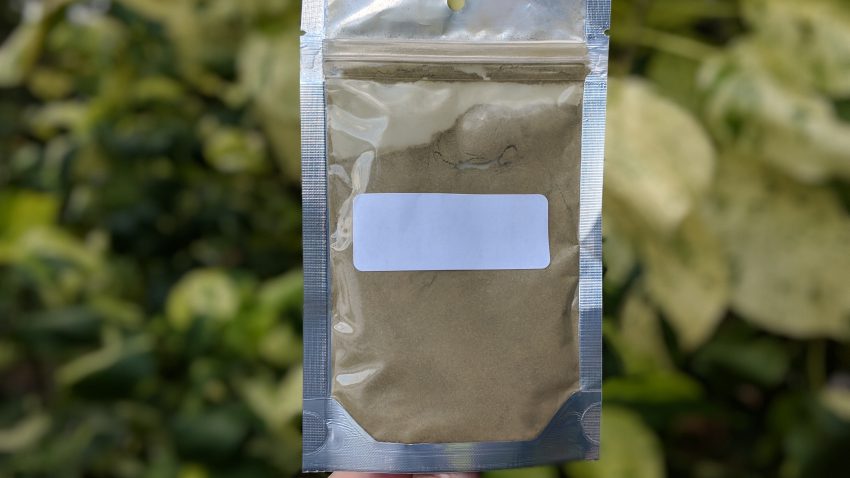
The World’s Biggest Kratom Exporters
 We’ve delved into how kratom is made –– but where does it come from?
We’ve delved into how kratom is made –– but where does it come from?
Although kratom can be grown outside of its indigenous home of Southeast Asia, the vast majority of the supply circulating within the US and elsewhere is imported from Southeast Asian countries.
Indonesia is perhaps home to the highest volume of mitragyna speciosa powder production and exportation. Unlike other Southeast Asian countries, kratom has not been deemed an illicit substance within Indonesian borders, which has popularized kratom farming efforts. A significant amount of kratom is sourced from Indonesian provinces such as West Kalimantan on the island of Borneo.
Supposedly, farmers located in other neighboring regions such as Malaysia and even Thailand also play a role in how kratom is made, although kratom is a controlled substance in both countries. In Thailand, kratom was deemed illegal to buy, sell, import, or possess in 1979. However, despite regulation efforts, kratom has maintained its popularity and remains Thailand’s most widely consumed substance.
The Roots of Kratom
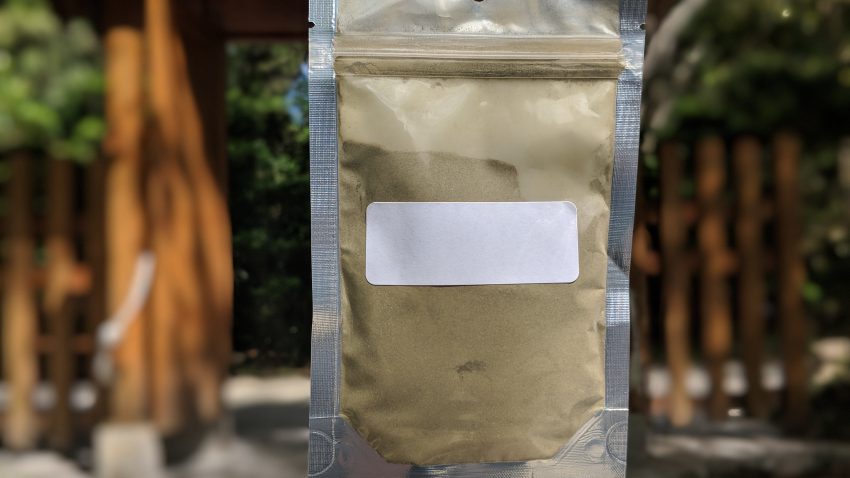
The Roots of Kratom
Mitragyna speciosa powder begins with the mitragyna speciosa tree, a plant native to Southeast Asian countries including Indonesia, Thailand, and Malaysia. Indigenous populations in these areas have been growing and harvesting kratom for centuries, and the earliest reports of kratom consumption in Malaysia date back as far as 1836 according to Burkill.
The plant’s environment is a significant factor in how kratom is made. At maturity, the mitragyna speciosa tree can grow as tall as 80 feet in ideal conditions. Its leaves have a shiny, dark green coloration and are quite large, with most full-grown leaves dwarfing the size of an average human hand. Because the kratom plant is evergreen, its leaves quickly regrow when shed, making kratom production possible year-round.
Kratom grows best in warm, humid environments where sunlight is plentiful. As such, the plant is abundant in rain forested areas such as the tropical island of Borneo.
Fresh Kratom Leaf – Buy Fresh USA Kratom Leaf
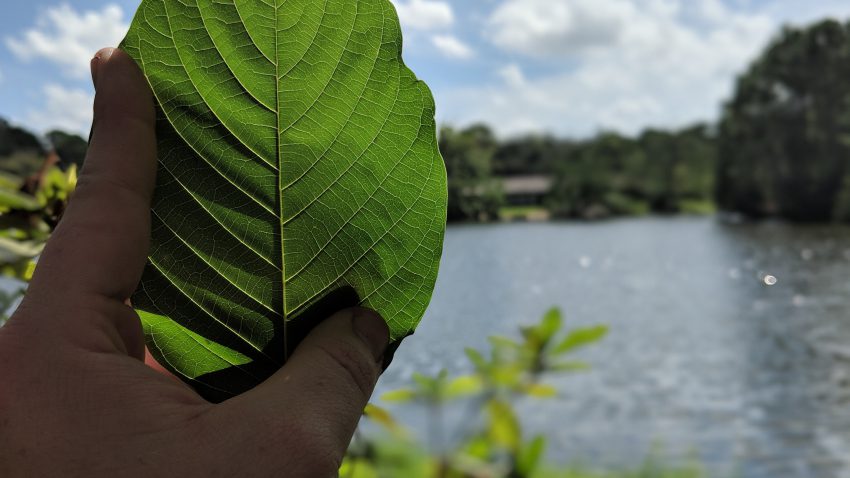
Fresh Kratom Leaf
Fresh Kratom Leaf- As with the changing of the season. We are coming to the end of Winter and turning into spring. The leaf is now at it’s at it’s most mature, after being subjected to the reduced rain fall of the dry season. It really doesn’t get better than this folks. Mature leaf is known to be bitter, and this is no exception. Best enjoyed with honey or sugar!
We are the only kratom vendor online that offers fresh leaf from fully mature kratom trees. Whole kratom leaf is only available when the trees are flowering, and all of our leaf is picked from trees varying in age from 5 – 11 years old. Each leaf is picked to ship, for freshness we recommend you select 2 day shipping. Your leaf will keep for around eight days in the fridge or 3 – 4 days at room temperature in a sealed bag. Can be air dried to preserve the leaf at which point it can be stored like your typical leaf or powder.
Kratom – The sweet treat of The South East
When the natives in South East Asia have a sore throat they will go out in the fields and pick some fresh leaf off of the trees. Placing some sugar in the center and then chew on the leaf. When they chew the leaf the sugar mixes with the fresh leaf and becomes sort of like a tasty paste. This paste will retain its sweet taste all the way through. This helps relieve sore your throat and makes the day much more bearable. Below we have written a guide to show you how.
Step 1: Pick some fresh leaf off of your tree. Any leaf will do but we recommend using larger leaves as they are easier to work with.
Step 2: Add sugar to the center of your Kratom Leaf
Step 3: Roll up your Fresh Kratom Leaf and enjoy! Chew the leaf for 3-5 min and either spit or swallow.
How should fresh kratom leaf be stored?
Each fresh leaf is picked to ship. For the Freshness we recommend you select 2 day shipping. Your leaf will keep for around five to seven days in the fridge or three to four days at room temperature in a sealed bag. Leaf can be air dried to preserve the leaf at which point it can be stored like your typical leaf or powder.
Brewing Kratom Tea with Fresh Kratom Leaf
Step 1: Prepare your pot and water. Bring a pot of water simmering boil.
Step 2: While your pot reaches temperature. Chop up 30 fresh kratom leaf.
Step 3: Once your pot is at a simmering boil add your fresh leaf to the pot.
Step 4: Add 4 table spoons of lemon juice
Step 5: Boil your leaf for 35 minutes.
But wait! Do not throw out the leaf yet! You can reuse that leaf to make another pot or two. Enjoy
If you would prefer crushed leaf. Our nursery does offer crushed leaf here!
What are kratom vein colors?
The color of a kratom vein are determined by the content of mitragynine (alkaloids) in the vein. The purpose of producing mitragynan is to protect the tree from insects and animals from eating the leaf. It’s also a stress mechanism. The mitragynan is why the leaf is so bitter and correlates to strength. This is why more mature leaf is more bitter then fresh leaf. When kratom leaves mature the alkaloids are sucked back into the tree through the veins. These leaves will look more yellow.

In winter you see mostly white and green with some red. Spring, mostly green, white, some red, with pink starting to show up. In summer, Seed pod are popping up, you see green, white, pink, red, purple. This continues to happens thru Fall. We should note seed pods are best to pick off the tree in Jan – April. Kratom Vein colors usually have its darkest vein color at the exterior of the plant. Getting lighter as you go inward. But is harder to see in summer – fall as all colors are on the tree. Want to know more? The Kratom Bible is also available here on the #kratomAPP
The more alkaloids in the vein. The more red the vein will be. Purple at the high end of alkaloids. White at the low end of alkaloids. It is possible to see all vein colors grow at the same time on the same tree. (pink, red, purple) more near the bottom as that is where they have roots as that’s where most of the nutrients are. Up the tree will be more (greens and whites). They start getting more color variation the larger they get.
Mature Kratom Leaf?
Mature Kratom Leaf has been sitting on the trees for months before it is picked. Kratom leaf matures over time and as the leaf ages it becomes stronger. This is kratom leaf’s normal life cycle. You can tell a mature leaf will show signs of aging. Edges of the leaf will be a bit more weathered. Leaf that has been further along in the season will have a more yellowish color to the leaf.
How do you de-veining kratom leaf?
What is de-veining? De-veining is taking the main stem that runs thru the kratom leaf and extracting the vein out of the leaf. Veins can be chewy and do not break down as easily while chewing.
How is Mature Kratom Leaf Traditionally Eaten?
In the fields of Indoneasia workers will traditionally fresh raw kratom leaf is chewed orally. Over the course of the day. Traditionally Indonesian farmers will chew 2 – 5 leaf over the course of the day for increased stamina.
How much does fresh kratom leaf weigh?
We get this question often asking how much does Fresh Leaf American Kratom weigh? So we decided to make a short video to show you the differences. Most fresh leaf is equivalent to around .8 grams – 1.2 grams wet. When dried, kratom leaf does not loose a majority of it’s weight maybe a .1 grams to .2 grams.
How long should I expect Shipping to take?
All Kratom leaf will only ship out Monday – Wednesday. Customers can select either 2 -day Priority USPS Mail or expedited Shipping. Our friendly staff members will ship out your normally by 2 pm. Each order will receive a notification and tracking number once the order goes out. Before contacting our staff we recommend that you check your email and spam filter encase you might have missed us. Our staff can be reached at our Email us. A member of our helpful staff would be more than happy to talk with you anytime.
What happens if there is an issue with you order?
We guarantee to get to your leaf to your door healthy and green. But, sometimes things can happen. If there is ever an issue with your order please contact our team immediately. We ask that you email us at kozykratom@gmail.com it is helpful if you also include a photo of the situation. Our helpful staff will try to respond within the hour.
How to root kratom cuttings – Another Growers guide
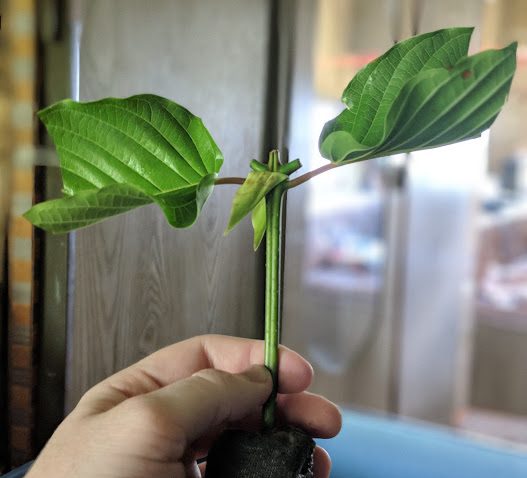
How to root kratom cuttings – Another Growers guide
A guide from another customer
This is a series of pictures I took in which i received 90+ unrooted cuttings and 3 rooted cuttings. I basically knew nothing about plant care before getting in to this, i tried to read a lot and find as much info as i could as I went along. First, I show the three pre-rooted cuttings. I remove most of the rockwool to expose the roots and transfer to a potting mix, perlite, and dried horse poo soil mixture. One of the rooted cuttings died from mold on the roots, as i did not pasteurize/sterilize my horse poo soil component. The next series of pictures shows the process of trimming, scraping, and adding hormone powder to the cuttings. I would find later that scraping was probably detrimental. Another factor that was detrimental was insufficient humidity dome structure. I was overloaded by this many cuttings and struggled for a few days to get the right containers. I left the rockwool cubes alone and just tried to spray them with water. I found out later it is important to soak them in pH appropriate water. Some opt to include fertilizer. I think the high pH of the rockwool, and not realizing how basic my water source was, contributed to failure. Later on, I added small amounts of vinegar to my water for everything. Misting, watering, etc. pH 5.5-6.5, but I didn’t measure except with pH strips occasionally. My tap water is approx. 7.1-7.4. I discovered later that a more effective method with rockwool cubes is to set them on top of at least 2 inches of perlite. It helps to soak up water and retain moisture. Even burying them 50-75% can help, but make sure there is a drainage layer. The last pictures show the successful cuttings, their roots, rockwool separation, and perlite roots. The ones that didn’t root were cut down to the node, repowered with hormone, then placed in ~4in of perlite. It is important to have perlite deep enough to prevent the cutting end from soaking. I used miracle grow perlite. the successful cuttings reached to the bottom where there was water full of fertilizer from draining the perlite, and the newest growth and roots partially turned red. Someone on reddit said this was genetic, but I think it is some type of excess fertilizer symptom. Phosphorus, maybe. While i think the fertilizer enhanced rooting, plain perlite would probably be fine. I also think 25-50% coconut coir with perlite would be an effective rooting medium. My first three cuttings were in peat pods. I added some perlite in the middle of the pod because i saw a picture of some gnarly roots in a perlite cup. I sat the cutting and pod on perlite and put it in a plastic shoebox inverted on another one. All three cuttings rooted. They had plenty of canopy space with no crowding, and i kept the light on for 24hrs for about 3 days. I think maximum light helps cuttings root. Enjoy the pictures, message me for more info or just to talk! More will come later when the rest of them root.
How to grow kratom cuttings – A guide from a customer
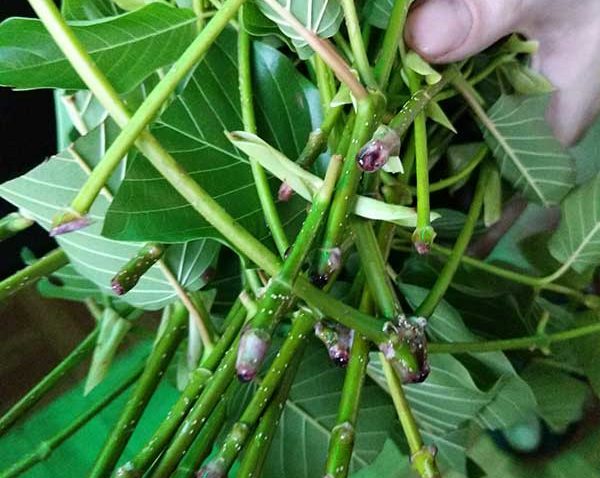
How to grow kratom cuttings – A guide from a customer
How to grow kratom cuttings – A guide from a customer – “I have a grow tent on an 18hr per day 300W LED schedule. They took about three weeks to root, and they went from now roots to tons of roots in like 2 days.
I put them in small pots about that size and all of my plants are in Fox Farms Ocean Forest and get fertilized with their liquid fertilizer 1x per week. I use ceramic watering devices to give my plants a steady drip of water, and I mist about 2x daily. The tent also has a humidifier running 24/7 so they are staying at like 80% humidity and >= 75 F at all times. “
Setup instructions
It is important to note to make is: Do not grow these plants like other types of plants. For example these are not tomatoes and will not thrive in the same conditions tomatoes grow in. These Kratom cuttings are rain forest trees. Kratom trees require high heat, high humidity, and lots of water.
Hand pollinating fresh kratom seed pods
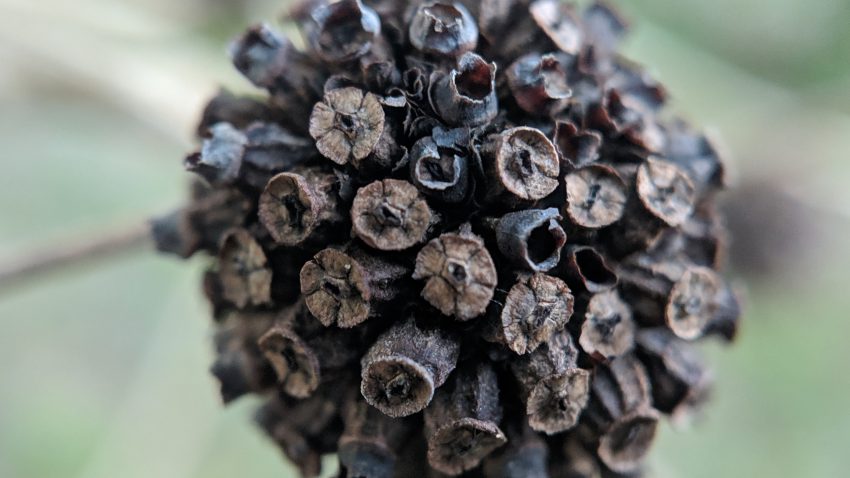
Hand pollinating fresh kratom seed pods
Hand pollinating fresh kratom seed pods
Processing Unrooted Kratom Cuttings

Processing Unrooted Kratom Cuttings
Processing Unrooted Kratom Cuttings- Here is a video showing our team processing some new kratom cuttings.
How to ship Rooted Kratom Plants – USA
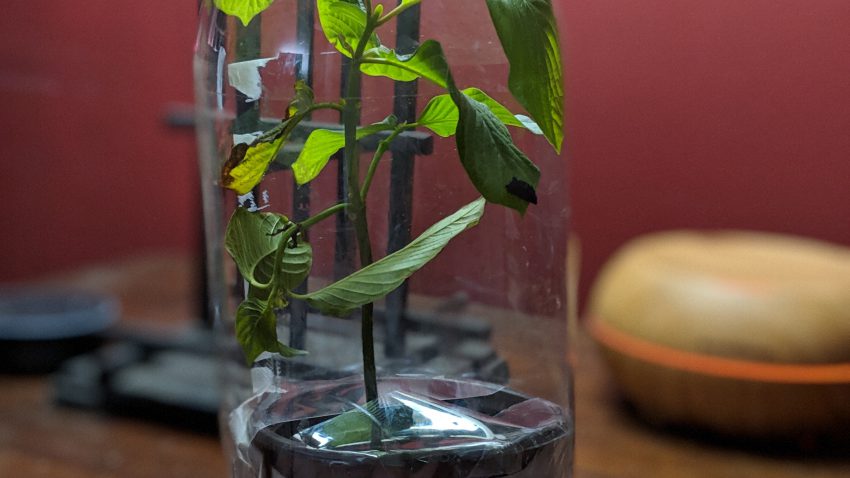
How to ship Rooted Kratom Plants
It is not hard to ship plants in the mail. In this video below we show you how to ship rooted kratom plants in the mail. First you start by prepping your shipping container. A good easy way is to use large two liter soda bottles. Cut the soda bottles in half and place the base of your rooted kratom plant in the bottom of the soda bottle. It is best to add some lightly damp to dry paper towel to the bottom to add as padding around the base. Next tape in your cutting with packing tape along the top of the cut in half soda bottle and top of your cuttings pot. Add tape till you cover the soil completely, but remember to leave room for the stem. Next you will add the top of the soda bottle to create a protective shell to protect the top of the plant. Tape up both halves of the soda bottle with packing tape to seal them together. Now you are all set to ship these cuttings in the mail.


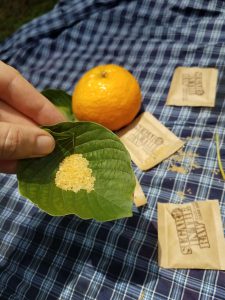
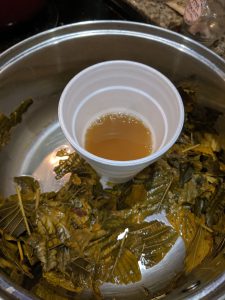
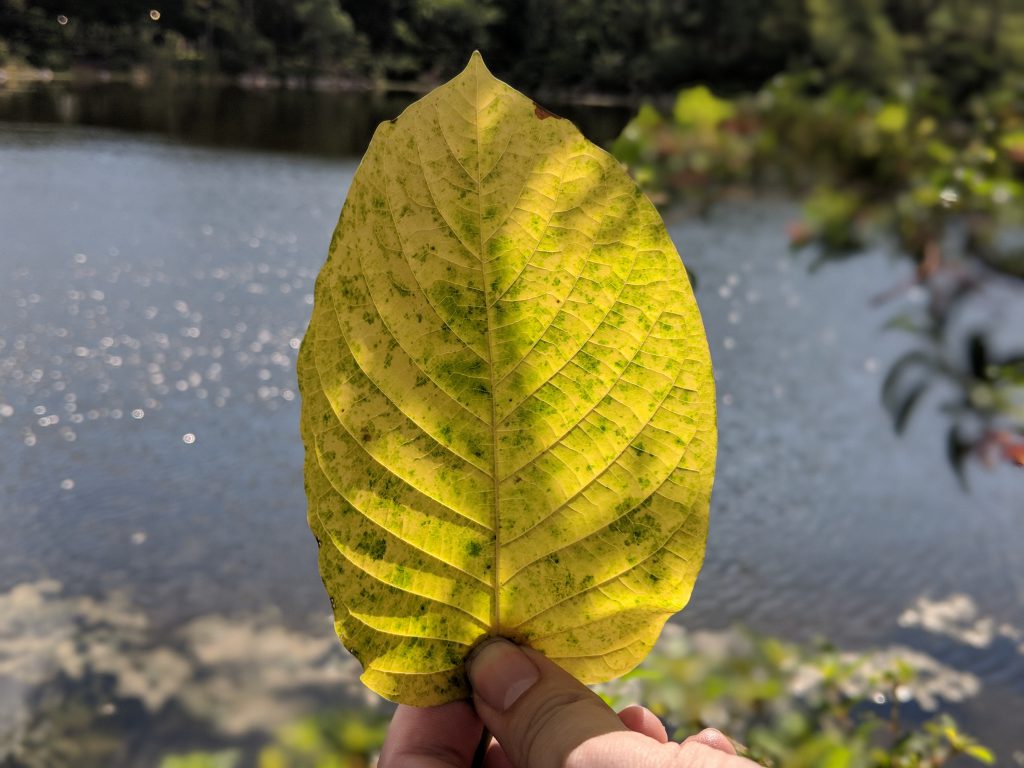
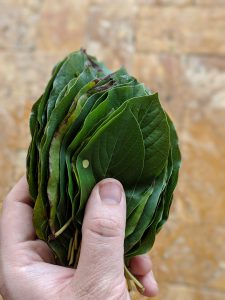
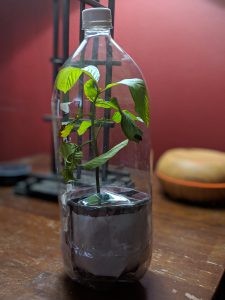
Recent Comments